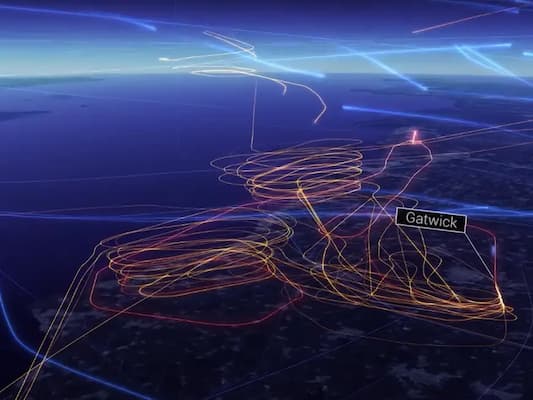Published March 29, 2023
Drones and Security: Protecting Critical Infrastructure
Drones are being used for security purposes to protect critical infrastructure, such as power plants and transportation systems.

Drones, or unmanned aerial vehicles, are no longer a novelty in the security industry. They have revolutionized the way security personnel monitor and secure critical infrastructure such as seaports, power plants, and oil refineries. Drones offer a range of benefits that can enhance the security of these facilities, including real-time surveillance, cost savings, and increased efficiency.
In this article, we will explore the use of drones in safeguarding critical infrastructure, including their benefits, challenges, and regulations. We will also examine some of the latest advancements in drone technology and their potential impact on the future of security.

Benefits of Using Drones in Critical Infrastructure Security
Drones have several benefits when it comes to securing critical infrastructure. One of the primary advantages is their ability to provide real-time surveillance of large areas. Traditional security measures such as patrols and fixed cameras can only cover a limited area, whereas drones can cover a much larger area in a shorter time frame.
Drones can also be equipped with a range of sensors and cameras, including thermal cameras, night vision cameras, and high-resolution cameras. These sensors can capture data in real-time, allowing security personnel to identify potential threats and respond quickly.
Moreover, drones can significantly reduce the cost of security operations. For example, using a drone to inspect an oil rig eliminates the need for expensive scaffolding and cranes, saving time and money. Drones are also cheaper to operate than helicopters or planes, making them an affordable option for security operations.
Challenges of Using Drones in Critical Infrastructure Security
While drones have numerous benefits, they also present several challenges in terms of security. One of the biggest concerns is the risk of cyber-attacks on the drones themselves. Hackers can potentially take control of a drone, steal data, or use the drone to carry out an attack.
Additionally, drones can be difficult to control in certain weather conditions, such as high winds or heavy rain. This can increase the risk of accidents and damage to the drone, as well as compromising the security of the facility.
Another challenge is the regulatory environment surrounding drones. Governments around the world have enacted regulations that govern the use of drones, particularly in sensitive areas such as airports and military bases. Companies that use drones in their security operations must comply with these regulations, which can be complex and time-consuming.

In recent years, there have been several high-profile incidents where drones have been used to breach security at sensitive locations. For example, in 2018, a drone shut down the runway at Gatwick Airport in the UK, causing widespread disruption and grounding hundreds of flights. In response, airports and other critical infrastructure sites have begun to invest in counter-drone technology to prevent similar incidents from occurring in the future.
Despite these concerns, the use of drones for security is likely to continue to grow in the coming years. As the technology continues to improve and become more affordable, more and more organizations will look to drones as a cost-effective and efficient way to protect their assets and personnel. However, it is important to ensure that appropriate regulations and safeguards are in place to mitigate the risks associated with their use.
Conclusion
Drones have the potential to revolutionize the way we approach security and protect critical infrastructure. With their ability to access hard-to-reach areas, provide real-time monitoring, and respond quickly to emergencies, they offer a cost-effective and efficient solution to many security challenges. However, it is important to approach their use with caution and ensure that appropriate regulations and safety measures are in place to mitigate the risks associated with their use. As the technology continues to evolve, drones are likely to play an increasingly important role in securing our most important assets and infrastructure.